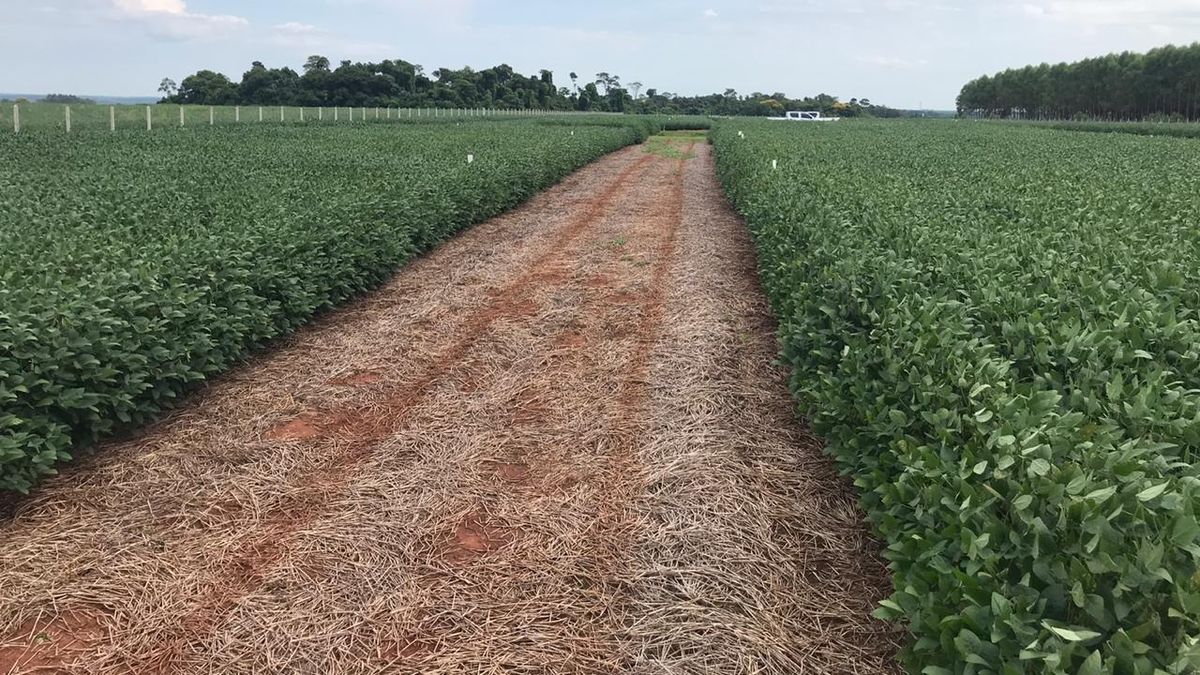“During the weekend, the rains covered a large part of the central area of the country that advanced from the west in an easterly direction”the Rosario Stock Exchange (BCR) said on Monday, detailing that in the core area the rains generally ranged between 20 and 50 millimeters.
“It rained the best. Very good. Producers are preparing for planting,” Eduardo Sierra, an agronomist with the Buenos Aires Grain Exchange (BdeC), told Reuters.
The precipitations are good news according to the BCR, thereforeThe drought until last week had only planted 24% of early soybeans, which normally have higher yieldscompared to 80% registered on the same date last year.
For the BCR, Argentina would register an area of 17 million hectares of soybeans, with a production of about 48 million tons, in the current campaign.
However, Sierra warned that, beyond how beneficial the rains were, the agricultural season remains in a situation of “purgatory.”
“This coming week you don’t see new rains, and you see heat. So a lot of this that fell is going to eat it” and then there would be new rains at the end of November, although not as widespread as those of the last few days , explained the BdeC analyst.
Cristian Russo, head of estimates for the BCR, was also cautious when evaluating the welcome rains. “For a large part of the (central) region, it helps to unlock soybean planting, but in the areas where it received less than 30 millimeters, it is not something that is going to change the situation.”
What happens to the wheat?
Just as the rainfall fell just in time for soybeans, for wheat, whose planting and growth stage of plants went through the worst moment of the drought, they arrived too late.
The rains “They can give a little hand in wheat, but I don’t think it’s important. The damage has already been done.”said Russo, an agronomist with the BCR. Argentine farmers have already begun harvesting the cereal, which ends in January.
Last week the Rosario Stock Exchange reduced its production estimate for 2022/23 wheat to 11.8 million tons due to the impact of drought and late frosts. At the beginning of the campaign, in May, the entity’s forecast was 19 million tons.
Source: Ambito
David William is a talented author who has made a name for himself in the world of writing. He is a professional author who writes on a wide range of topics, from general interest to opinion news. David is currently working as a writer at 24 hours worlds where he brings his unique perspective and in-depth research to his articles, making them both informative and engaging.




